RATM The Rebel Musicians: How Rage Forged a Legacy of Dissent
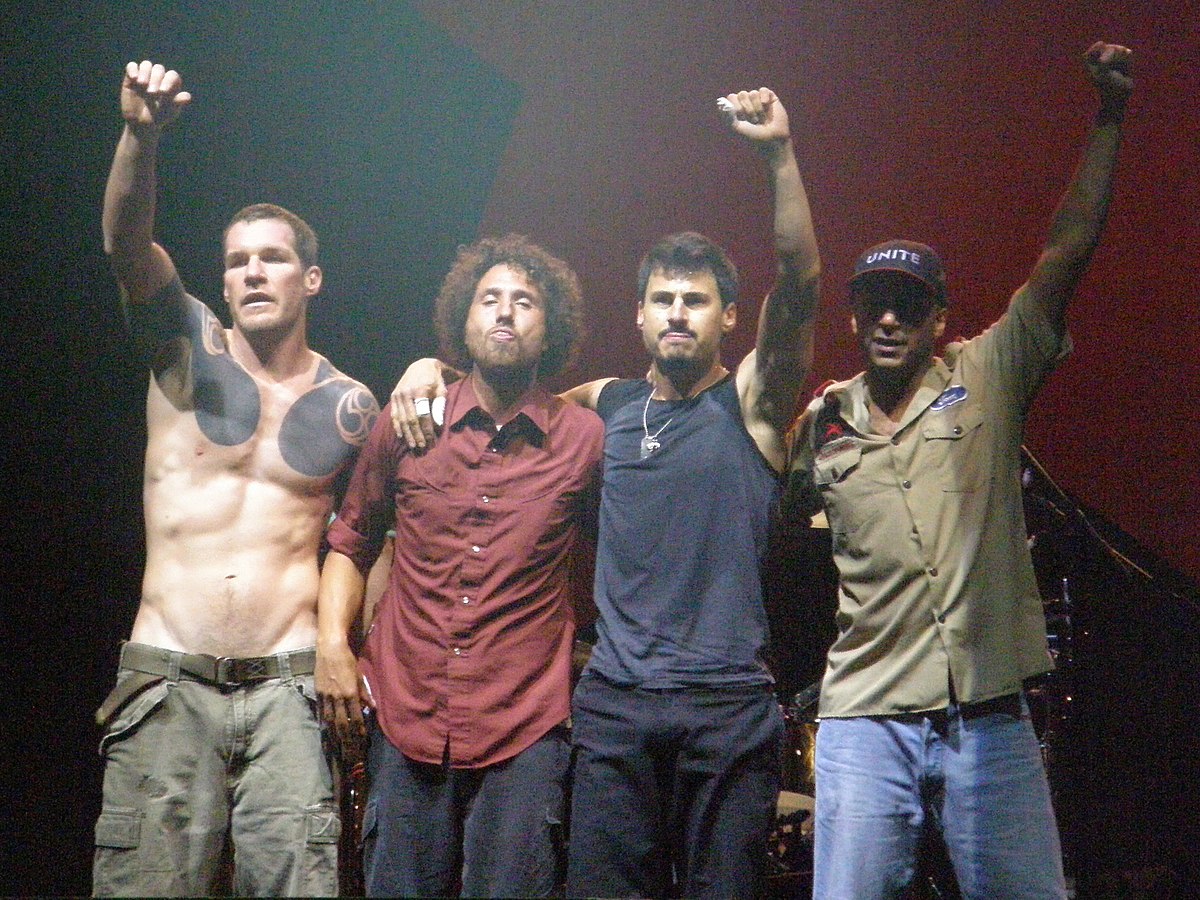
In the annals of rock history, few bands have weaponized their music with as much political fury and sonic innovation as Rage Against the Machine.
Formed in Los Angeles in 1991, the band, often abbreviated as RATM, became an electrifying force of nature.
They were not just musicians; they were revolutionaries with guitars, crafting anthems for the disenfranchised and a soundtrack for rebellion.
Their unique fusion of hard rock, funk, and hip-hop was the vehicle for a powerful, uncompromising message.
This article delves into the story of RATM, the rebel musicians who took on the system from the inside.
We will explore their explosive origins, the political ideologies fueling their lyrics, their legendary acts of activism,
and the enduring legacy that continues to inspire new generations to question authority and fight for change.
As we'll see, their rage was not a fleeting emotion but a calculated, articulate, and powerful artistic statement.
The Genesis of a Revolution: Forging a New Sound
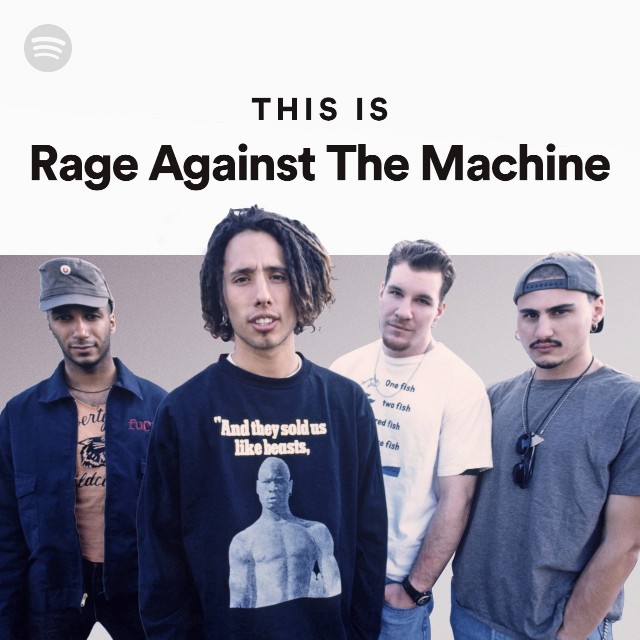
The story of Rage Against the Machine begins in Los Angeles in 1991, a city simmering with social and political tension.
It was here that four distinct talents converged to create something entirely new.
The lineup featured the fiercely poetic vocalist Zack de la Rocha, the trailblazing guitarist Tom Morello,
the funk-infused bassist Tim Commerford, and the powerhouse drummer Brad Wilk.
Tom Morello, a Harvard-educated political science graduate, was the band's sonic architect.
He famously rejected traditional guitar solos, instead using his instrument to create sounds that mimicked DJ scratching, sirens, and industrial noise.
Using an arsenal of effects pedals, including his iconic DigiTech Whammy pedal and a simple toggle switch on his "Arm the Homeless" custom guitar,
he redefined what a rock guitarist could do.
De la Rocha's background was steeped in Chicano activism, and his lyricism was a direct reflection of his political consciousness.
Commerford and Wilk provided the formidable rhythm section, a tight, groovy, and punishing foundation.
This fusion was unlike anything else at the time, a sound that was as intellectually stimulating as it was physically moving,
compelling listeners to both think and mosh.
The Manifesto: Music as a Weapon
RATM's music was never just background noise; it was a political manifesto set to a thunderous beat.
Their 1992 self-titled debut album was a declaration of war against the status quo.
The album cover itself was a potent political statement, featuring the famous photograph of Thích Quảng Đức,
a Vietnamese Mahayana Buddhist monk who self-immolated in 1963 to protest persecution.
This image perfectly encapsulated the band's intensity and commitment.
The album unleashed a torrent of anthems that would define their career.
"Killing in the Name" became their most iconic track, a raw explosion of anger against systemic racism and police brutality,
culminating in de la Rocha's searing, repeated cry of defiance.
Other tracks like "Bombtrack" and "Bullet in the Head" took aim at American imperialism and media manipulation.
Their subsequent albums, *Evil Empire* (1996) and *The Battle of Los Angeles* (1999), continued this assault.
"Bulls on Parade" criticized the U.S. military-industrial complex, with Morello's solo famously mimicking a vinyl scratch.
"Guerilla Radio" was a call to arms for the unheard, a rallying cry to turn up the volume of dissent.
Beyond the Stage: Activism in Action
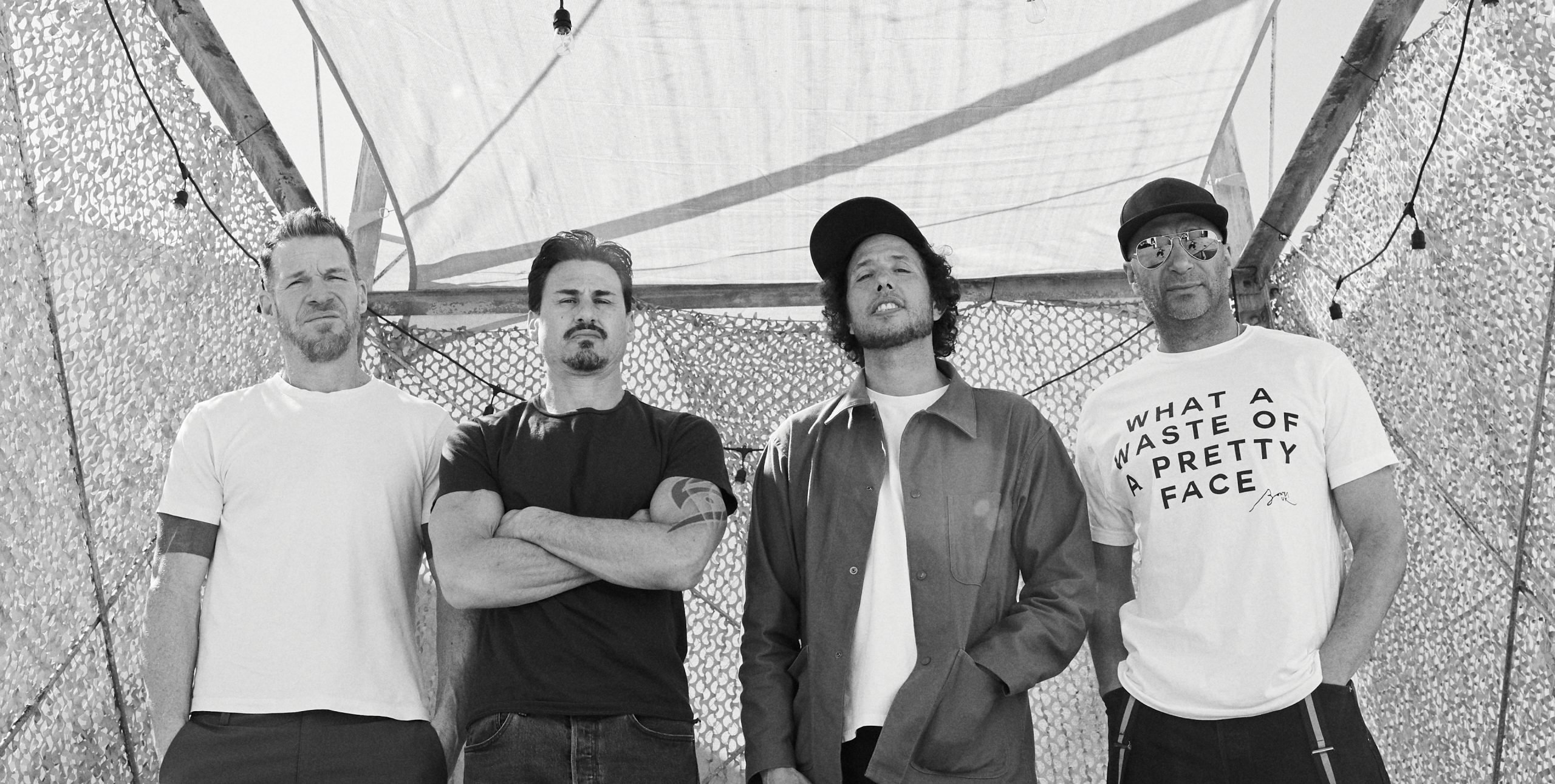
For Rage Against the Machine, the message was not confined to their records or concert halls.
They lived their politics, using their platform to engage in direct action and support various causes.
They were vocal supporters of the Zapatista Army of National Liberation (EZLN) in Mexico,
frequently using their concerts to raise awareness and funds for the indigenous revolutionary movement.
The band's commitment to their principles often led to legendary and controversial moments.
At the 1993 Lollapalooza festival in Philadelphia, they staged a silent protest against censorship.
The four members walked on stage completely naked, mouths covered with duct tape, and stood for nearly 15 minutes.
Each member had a single letter painted on his chest, spelling out "PMRC" (Parents Music Resource Center).
Perhaps their most audacious act of protest occurred in 2000.
While filming the music video for "Sleep Now in the Fire," directed by activist filmmaker Michael Moore,
the band performed a free concert on the steps of Federal Hall in New York City, directly across from the New York Stock Exchange.
The performance famously forced the NYSE to lock its doors in the middle of a trading day.
The Unquenchable Fire: Legacy and Continued Influence
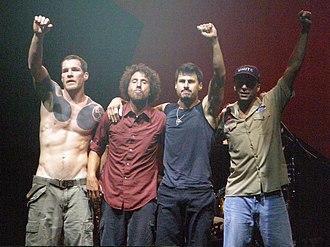
Despite periods of hiatus and an eventual breakup in 2000, the fire of Rage Against the Machine never truly went out.
The members continued to be musically and politically active. Morello, Commerford, and Wilk joined forces with Chris Cornell to form Audioslave.
Later, they would form the supergroup Prophets of Rage with members of Public Enemy and Cypress Hill,
returning to their activist roots and touring extensively between 2016 and 2019.
The influence of RATM is immeasurable. They paved the way for countless bands that blend rock with other genres and infuse social commentary.
Their sound can be heard in the DNA of nu-metal, alternative rock, and even modern hip-hop.
They educated a generation of young people about complex political issues,
inspiring many to become activists in their own right.
Even today, their relevance is undeniable. As noted in recent discussions from May 2025, new fans are constantly discovering their catalogue,
finding that songs written decades ago perfectly articulate modern frustrations.
Their timeless message against oppression ensures their music remains a vital tool for protest.
The existence of tribute bands like "Babes Against The Machine" (BATM) proves their cultural staying power.
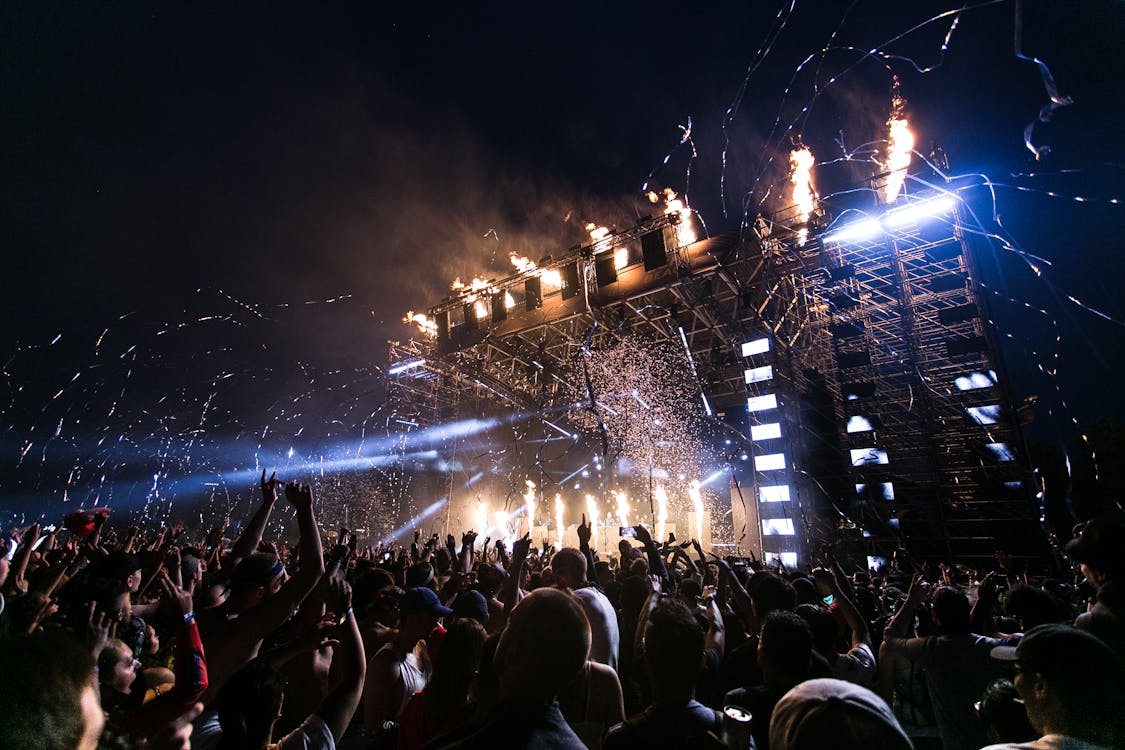
Rage Against the Machine was far more than just a successful rock band.
They were a cultural phenomenon, a political force with a deafeningly loud soundtrack.
They refused to compromise their ideals for commercial gain,
using their mainstream success as a Trojan horse to deliver a radical message to millions.
They challenged their listeners, not just to headbang, but to think critically, to question authority, and to recognize their own power.
In a world still grappling with the very issues they railed against—systemic inequality, corporate power, and political corruption—
the music of RATM feels more necessary than ever. They proved that music could be a powerful weapon for the people.
Their legacy is not just in their platinum albums, but in the enduring spirit of rebellion they ignited.